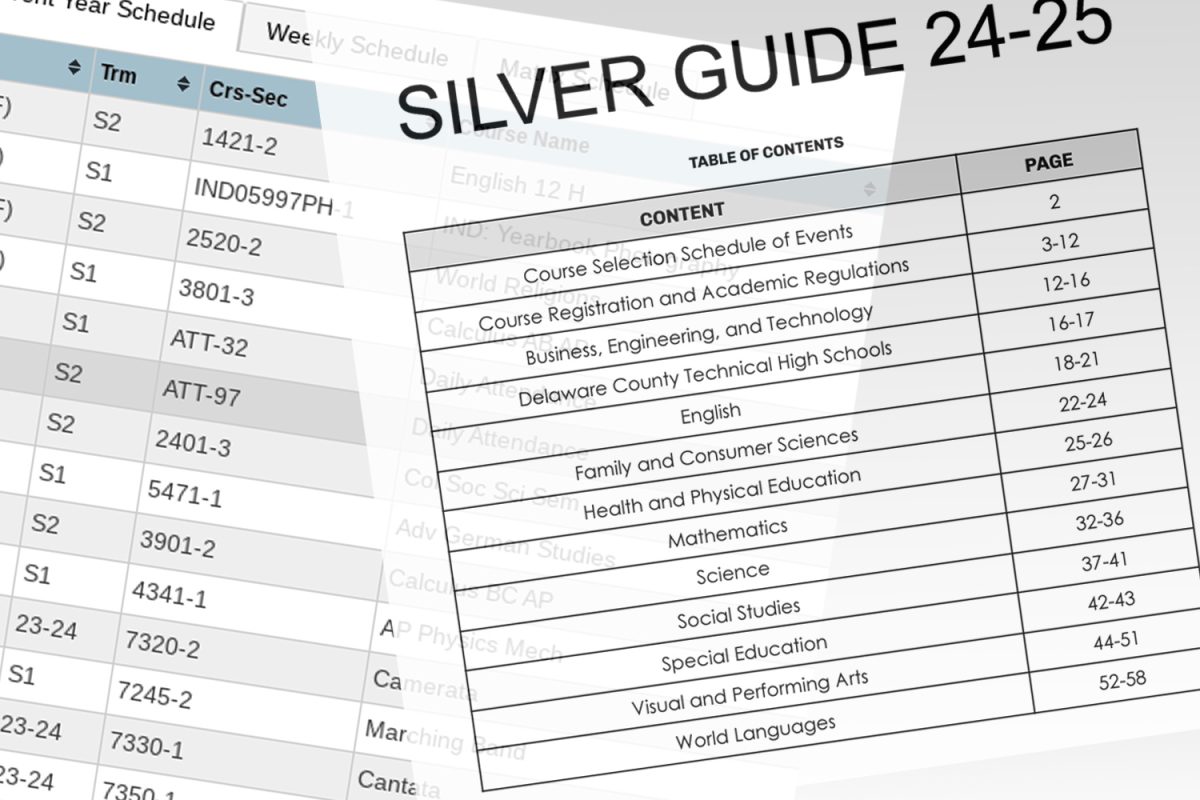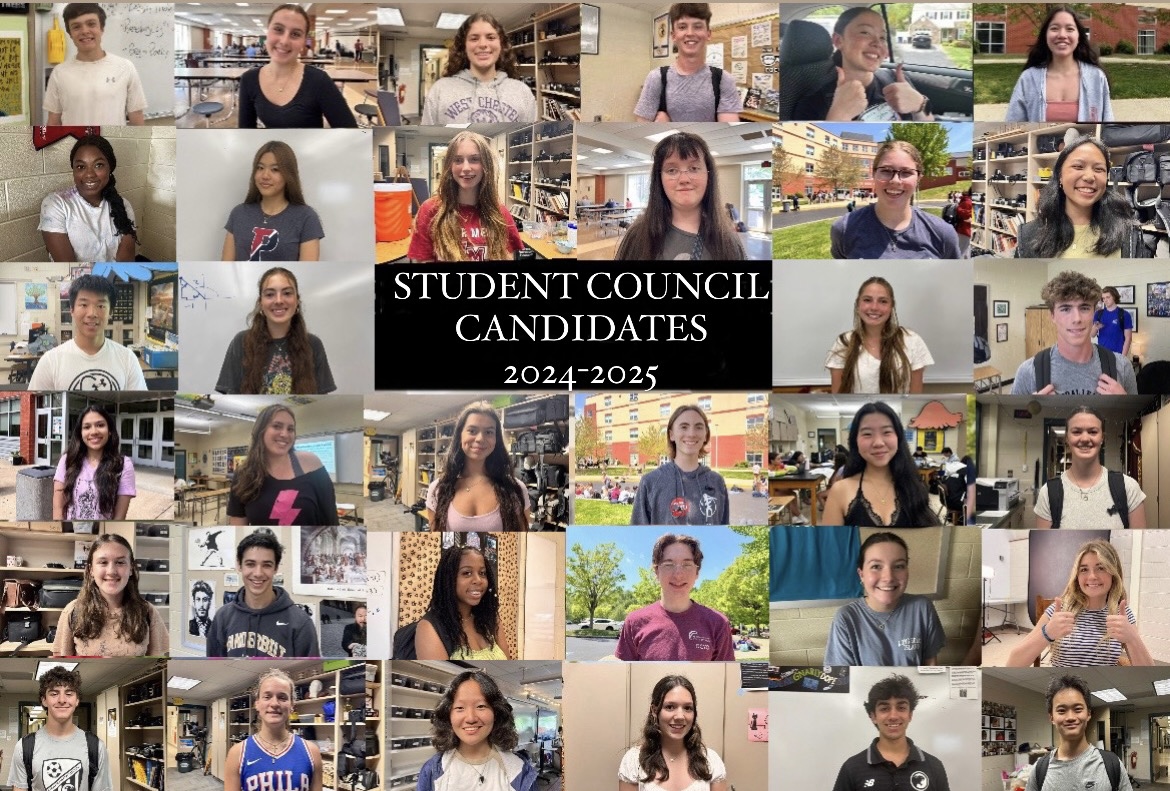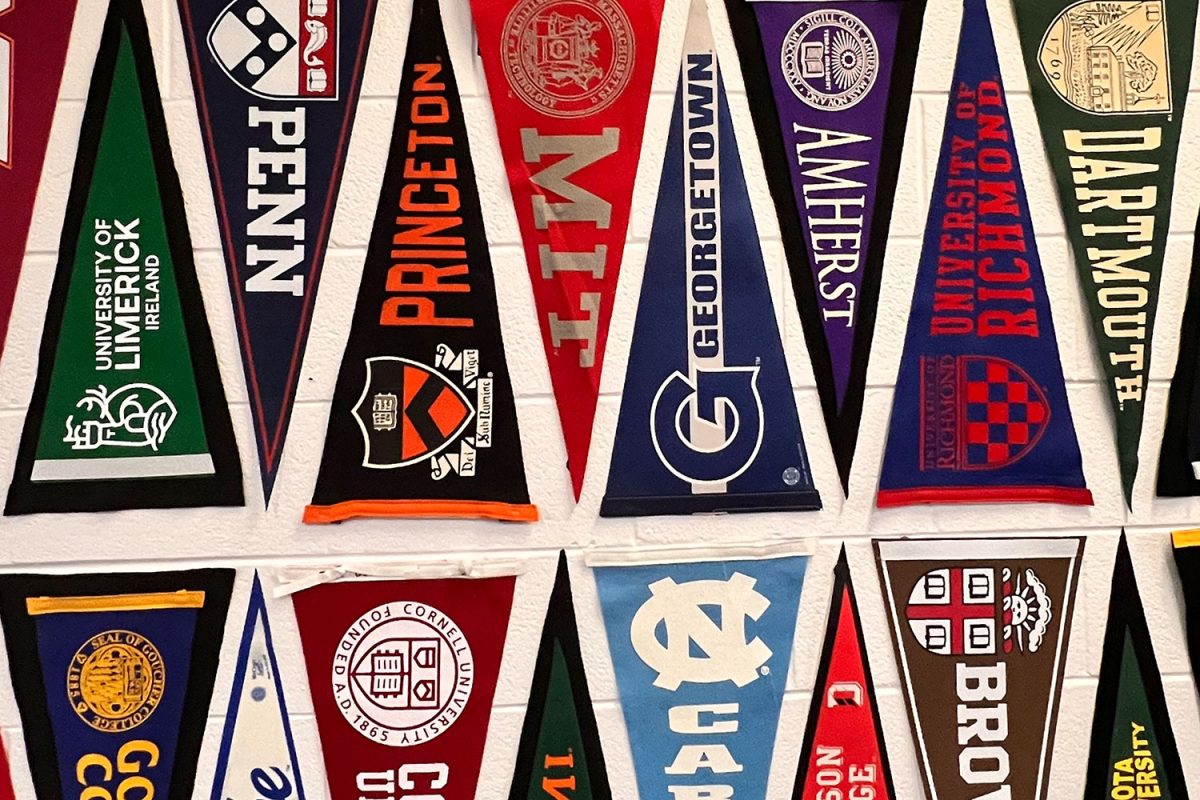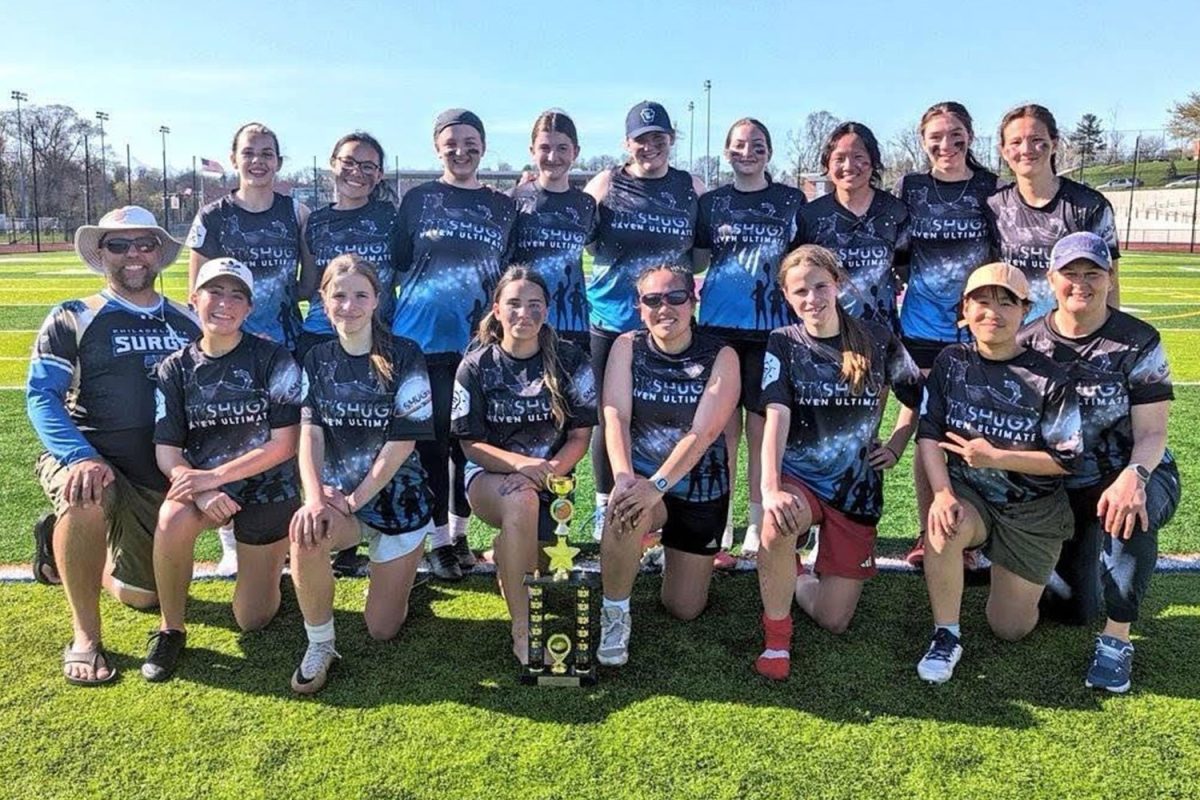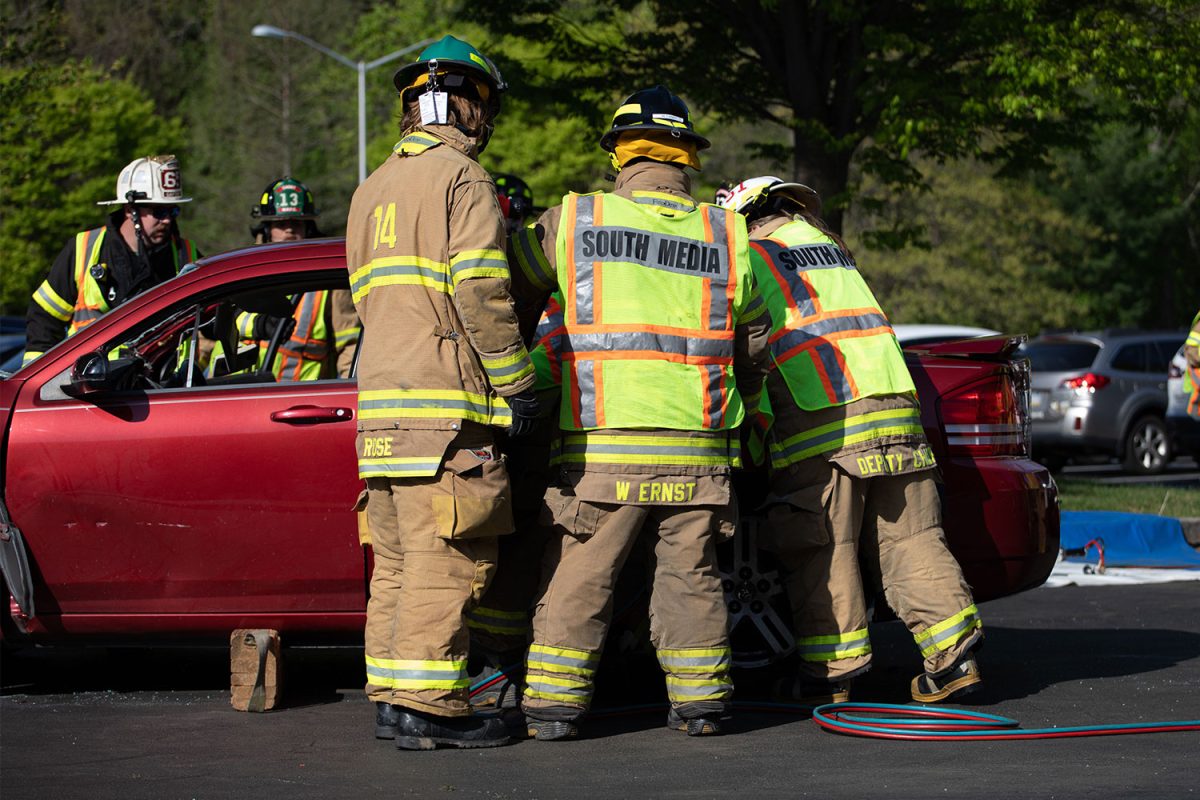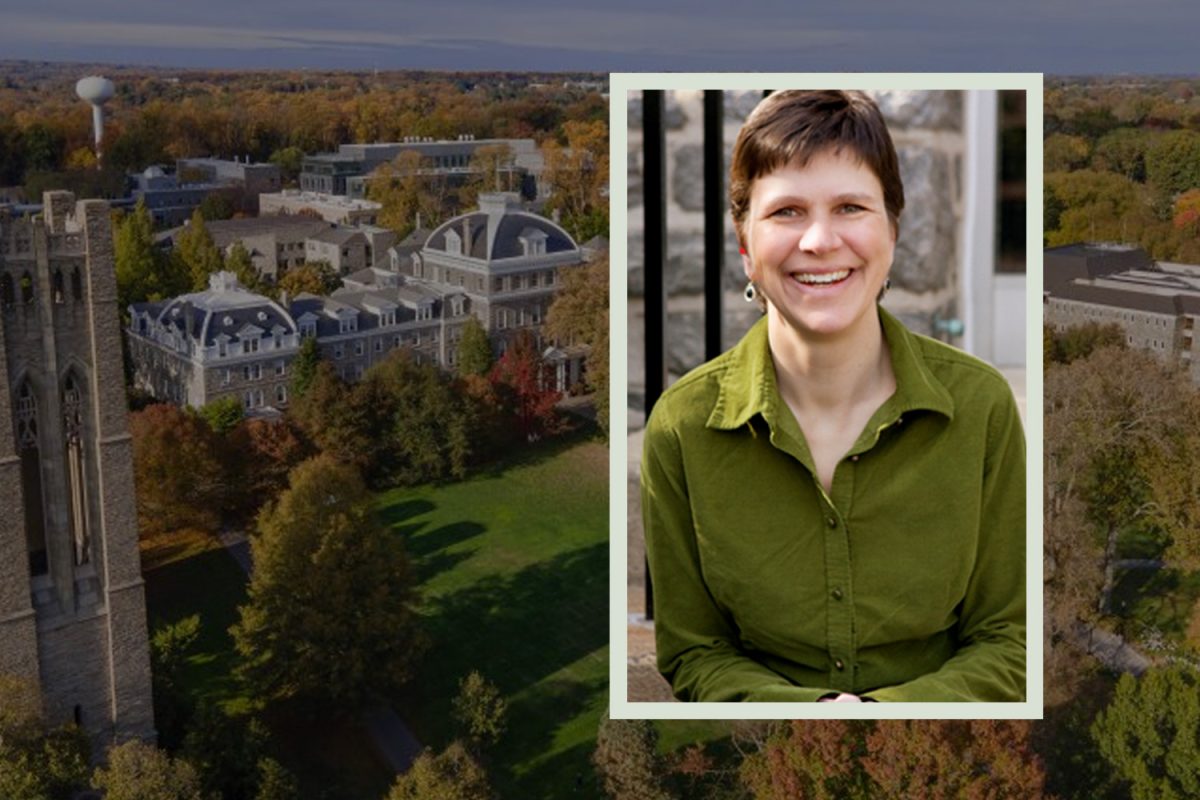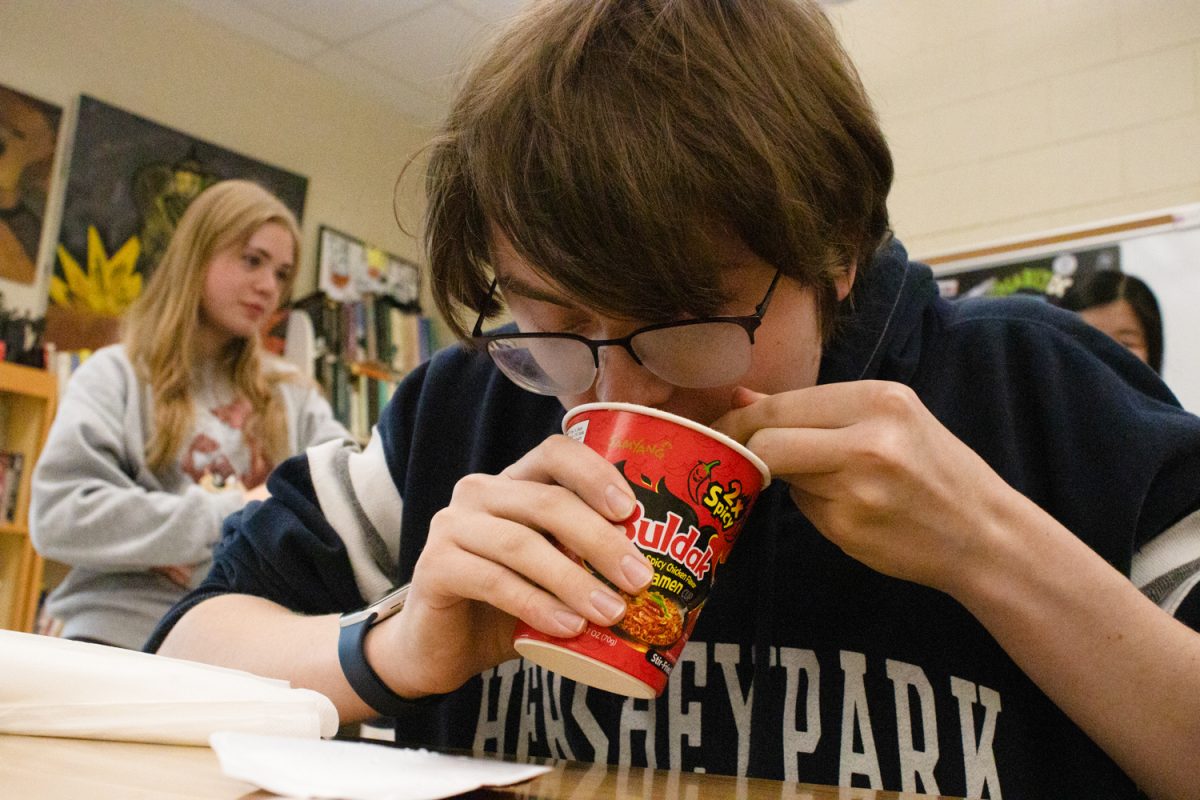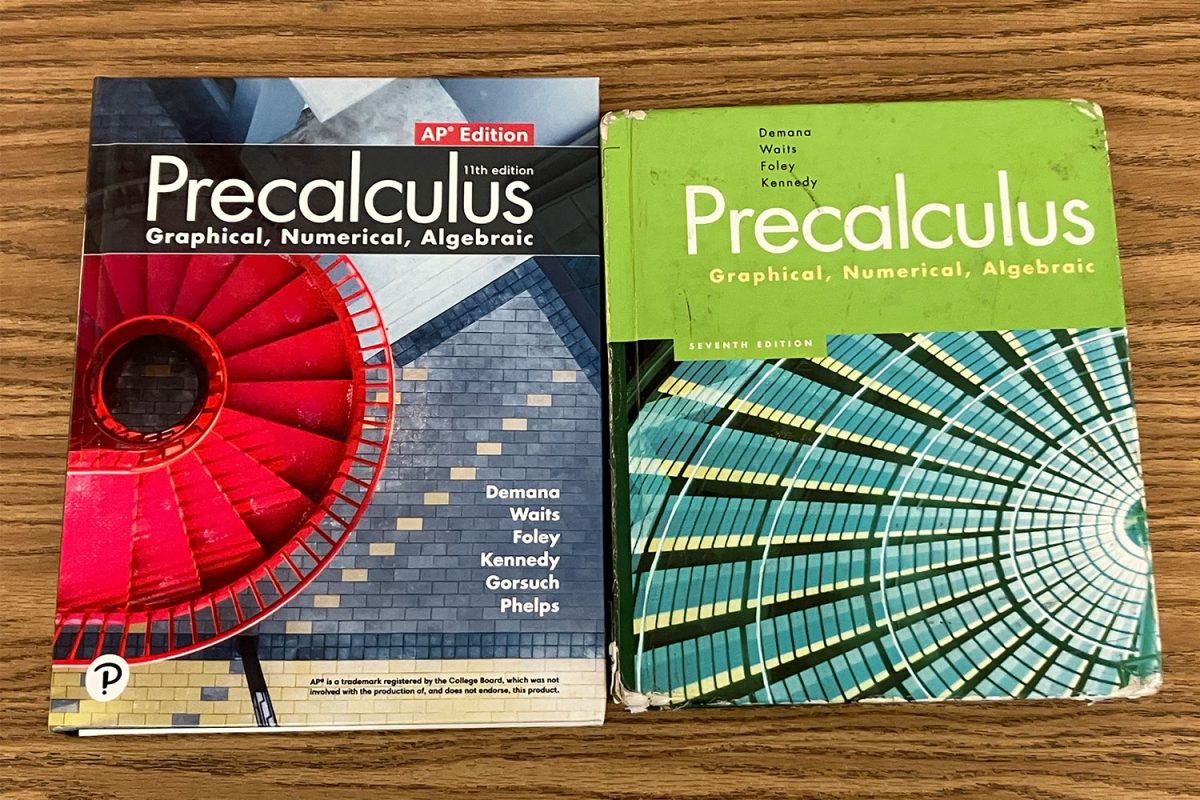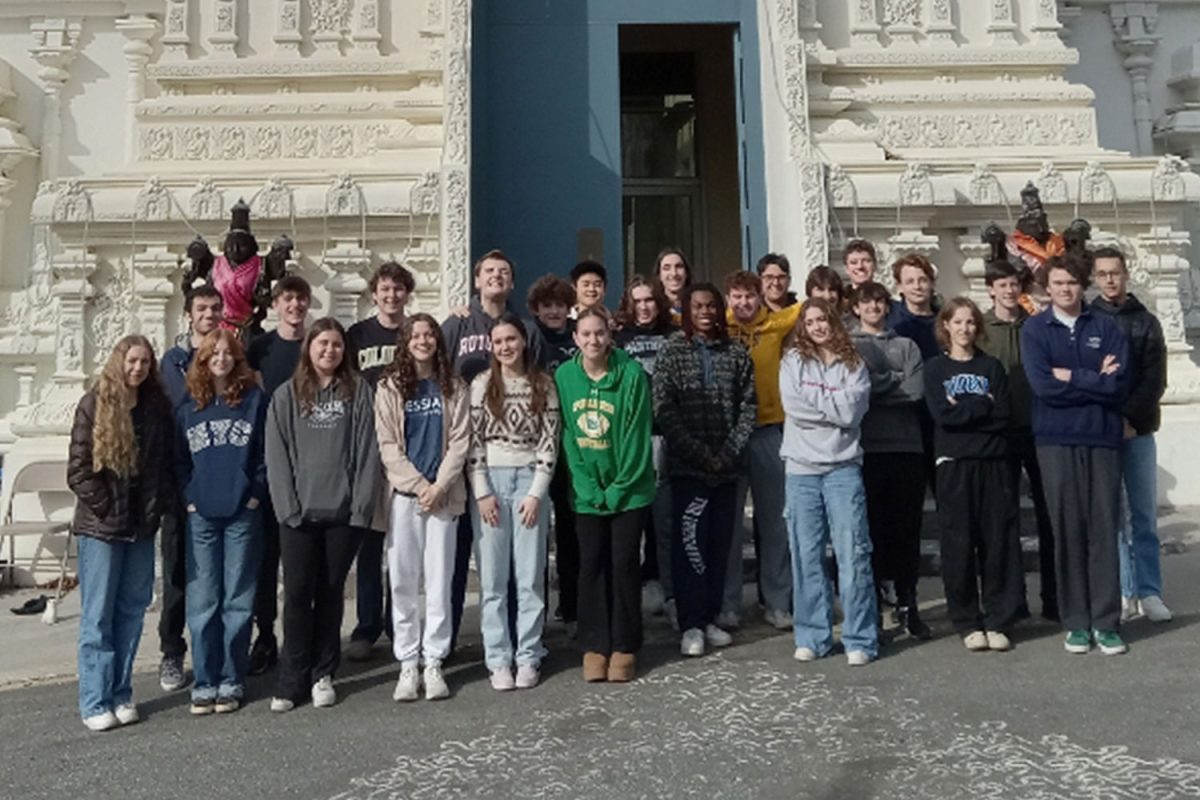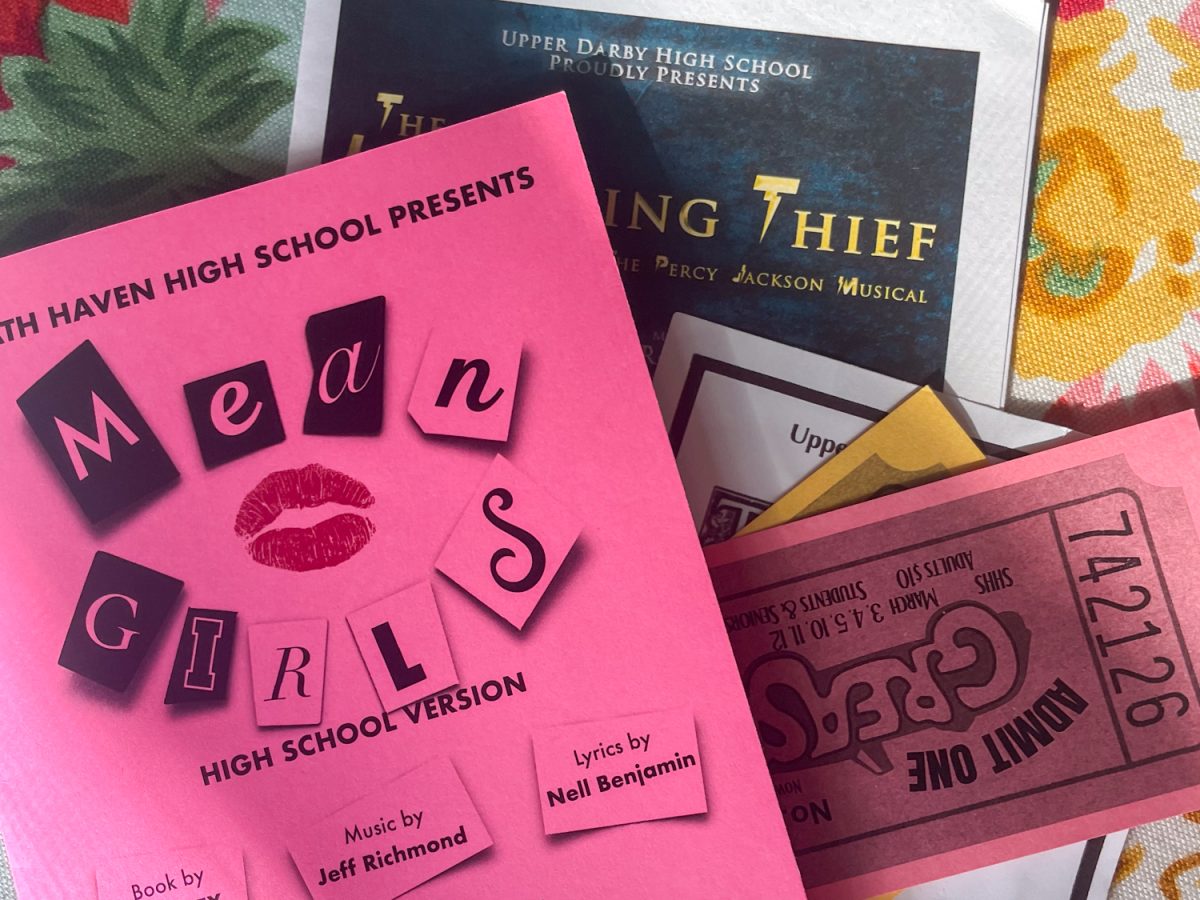Every Strath Haven High School student receives their class schedule before the year starts. Unfortunately, not every student gets the classes that they want. So, how are schedules determined?
The process starts in November, with changes being made to the Silver Guide.
“We take between November and December just to clean it up, make sure it’s the right edit, check it, all that stuff,” Assistant Principal Mrs. Andrea LaPira said. “We’re going to get it posted in January, usually right when we get back from winter break.”
Course selection starts a few weeks later. The administration holds meetings with students and parents to inform them about Course Selection. Teachers do their part to ensure that students are enrolled in classes that are best suited for them.
“For example, if a kid in a CP class obviously needs to be more challenged, I’ll recommend an honors class for them,” English and World Religions teacher Mr. Daniel Peterson said.
After students select their courses, LaPira makes a spreadsheet including every student and course. This way, she has a clearer view of which students and teachers have which class.
“We also have the list of how many students are taking alternates, as well. So if we have 11 or 12 teachers in a particular department, we figure out how many core sections we can offer based on how many teachers we have,” she said.
When it comes to physically selecting courses for students, a lot of analysis is included.
“One of the things we really try to do is make sure that our classes at the younger grades are maybe a little bit smaller, where kids are less mature,” LaPira said. “As kids get older, they might be able to handle a slightly larger class. But that’s not definite.”
LaPira will then run it through PowerSchool, which gives a success rate percentage. The success rate never reaches 100%, providing every student with elective choices. That’s why students are asked to pick alternate electives.
“The first percentage might be, 75% of your students had 100% of their scheduling. So we’re like, ‘Okay, that’s not that great.’ And then we might analyze, we might move some things around, and then we try it again and [it says] ‘Okay, now you’re up to 88%,’” she said.
Then, the counselors and LaPira divide the students’ schedules by grade, each picking a grade to double-check.
“I sit down and say, ‘It looks like he didn’t get his first choice elective. Science isn’t in there either,’” LaPira said. “So I might have to move things around to make sure that that science class gets in there. Secondly, could we try to get that first choice elective in?”
PowerSchool has a pre-arranged ranking. This means that the courses are ranked from most important to least important, and the ones ranked higher are mainly core courses.
“If you’re taking Robotics, English is already scheduled in third block, and Robotics is only offered once, it’s going to bump out Robotics,” she said. “But I can look at your schedule and say, ‘You know what, his English can move to spring, and I can move Robotics.’ And there’s no problem.”
There is also a cap on each class to ensure there aren’t too many students for the available space and seating.
“If I were to run this, the schedule without any class caps on them, like one time I did something by mistake, and there were like 59 students in Mr. Rothenbach’s physics class, that’s not going to work,” LaPira said.
No factor determines which students get bumped to their ultimate electives. PowerSchool uses random selection to decide.
“Our foods classes hold 25 students every block,” LaPira said. “So we have a total of 200 seats in the whole school year. If we have 240 students sign up, 40 of students aren’t going to get it. Those 40 students would be bumped to their alternate elective. It doesn’t only happen to freshmen, or seniors, it kind of happens across the board.”
This year, the counseling department gave extra time to students so that they could think about and decide what classes they wanted to take for the following year. However, course changes can be made later on with specific guidelines.
“If a student wanted to change a class at the beginning of the semester, there are very specific protocols and directions that we’d have to follow,” Mr. Travis Edwards, 10th-grade counselor, said. “All of that information, lucky enough, is in the Silver Guide. It’s the sixth page in the new silver guide.”
However, considering what classes you want to take for all four years of high school is recommended rather than picking your classes for each year.
“Keep the dialogue open with the counseling team so we can really look at a plan not only just for one year at a time,” Edwards said. “But also just the big picture: thinking about high school and knowing that you may plan for four years.”








